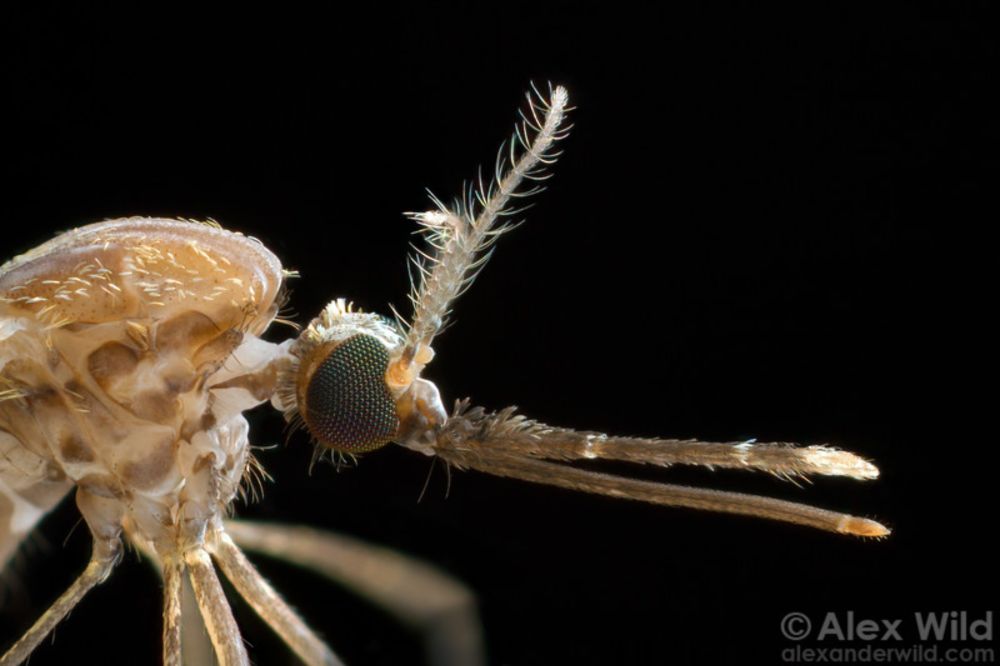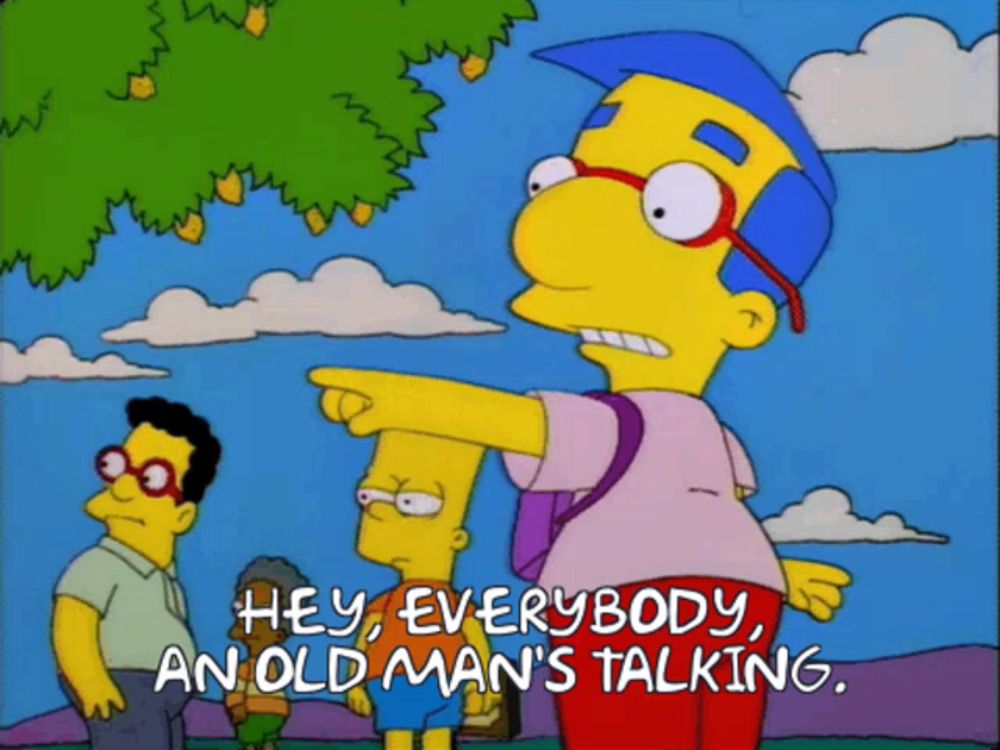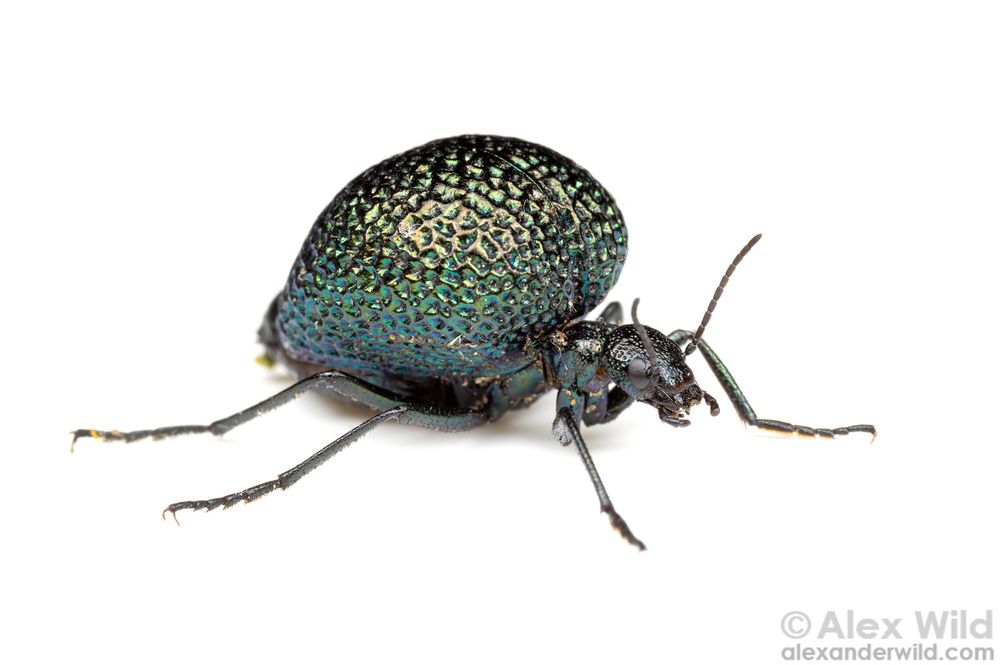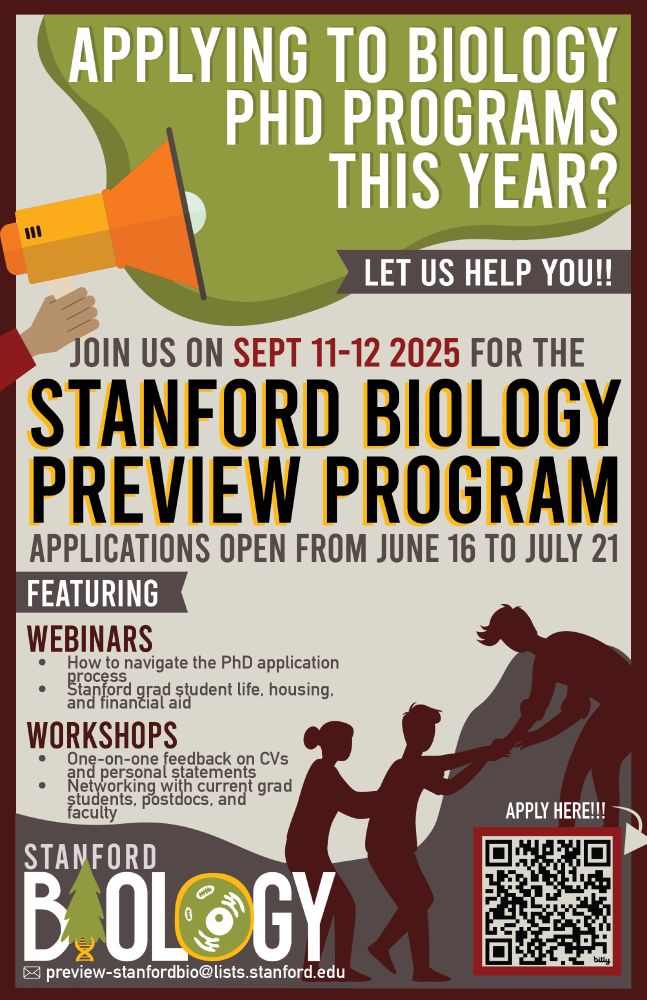Trevor Sorrells
@trevorsorrells.bsky.social
650 followers
230 following
12 posts
Assistant Professor, Yale | HHMI Freeman Hrabowski Scholar | Mosquito Behavior and Evolution | he/him 🏳️🌈
Posts
Media
Videos
Starter Packs
Reposted by Trevor Sorrells
Reposted by Trevor Sorrells
Reposted by Trevor Sorrells
Reposted by Trevor Sorrells
Reposted by Trevor Sorrells
Reposted by Trevor Sorrells
Reposted by Trevor Sorrells
Rory Coleman
@rorycoleman.bsky.social
· Sep 4
Reposted by Trevor Sorrells
Maxim Greenberg
@maxvcg.bsky.social
· Sep 3

One mother for two species via obligate cross-species cloning in ants - Nature
In a case of obligate cross-species cloning, female ants of Messor ibericus need to clone males of Messor structor to obtain sperm for producing the worker caste, resulting in males from the same moth...
www.nature.com
Reposted by Trevor Sorrells
Reposted by Trevor Sorrells
Reposted by Trevor Sorrells
Reposted by Trevor Sorrells
Reposted by Trevor Sorrells
Reposted by Trevor Sorrells
Reposted by Trevor Sorrells
Reposted by Trevor Sorrells
Reposted by Trevor Sorrells
Reposted by Trevor Sorrells
Reposted by Trevor Sorrells















